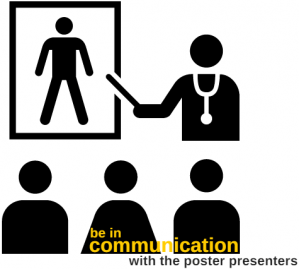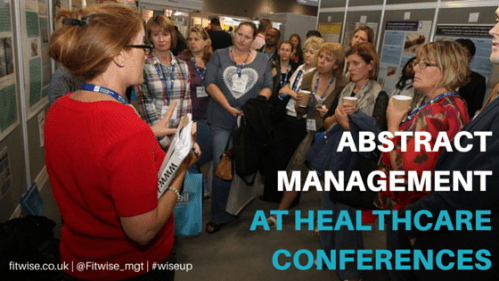
This is our second video to our series “Wise up with Fitwise”. To view all our videos visit our YouTube channel or video page of our website.
Abstract Management at Healthcare Conferences
To view the video CLICK HERE
To view the infographic CLICK HERE
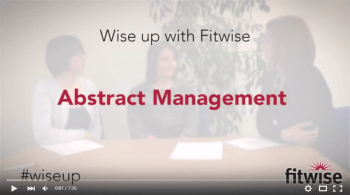
Abstracts are an integral part of most healthcare conferences and form a key component to the success of the event. Not only will abstracts enhance the personal development of the presenters and contribute to the success of the conference but they will also help to share best practice, improve awareness of the event and attract new attendees.
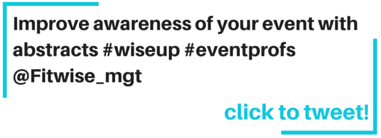
These are some of our tips to help you successfully handle the abstract management process for a healthcare conference.
1. What are abstracts?
An abstract is a short summary of a larger piece of research someone has undertaken. They are typically 150-400 words in total. They can include supporting documents, tables and raw data.

2. Creating a call for abstracts
Consider the below criteria when creating a call for abstracts:
- Are you looking for oral presentations and / or poster presentations
- If you are accepting oral presentations, how many of these can you accommodate within the programme and how long each presenter will be expected to speak for?
- What topics do you want abstracts to be submitted under? Generally these are based on the key conference themes / topics
- How long should the abstract be? Consider a word count to limit the amount of information being submitted. This will be particularly helpful if you are planning on printing the abstracts as this limits the amount of pages to be printed
- When asking for a title, it can also be useful to set a word limit so that they are short and eye catching for the delegates
- It is important to also ask for the author’s name(s), place of work, contact details and if they have any conflict of interest to declare
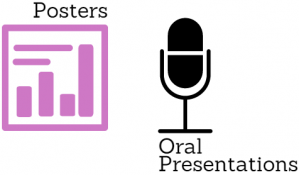
3. Collation of abstracts
You can collect abstracts in a number of ways. The most common ways are by hard copy application form or online in a bespoke abstract software package. Online software packages can greatly remove a lot of the administration which would be in more traditional methods, but they are also a more expensive option.
Online abstract forms can also assist with judging if you are collecting a lot of entries. If you are creating a hard copy form ensure that the requested format is clearly listed including any word counts and that the form is easy to edit and complete.
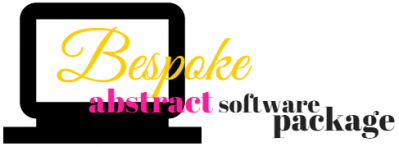
4. Judging abstracts
Once the submission deadline closes, the abstracts should be allocated to a body of impartial people to review and score. Points to take into consideration are:
- If there are a large number of abstracts submitted it can be useful to allocate judges to specific topics to reduce the number to review
- If a judge knows someone who has submitted, this must be noted as a conflict of interest
- It is important to implement a simple score system, for example marketing out of 1-5, to make the reviewing process and final decision easier
- Allow for comments to be added so when it comes time to review, if a few are close in points, the comments can be taken into consideration to help the committee come to a final decision

5. Contacting those who have been accepted / rejected
Once the final decisions have been made, let the individuals know whether their abstract has been accepted or rejected. This can be done via email or post. Those individuals who have been accepted will need to know the following information:
- What presentation method they have been offered (oral presentation or poster presentation)
- For those that have been given an oral presentation slot, they will need to know the time and length of their presentation, and what AV is available. It is important to treat your oral presenters as you would any speakers so they get the full conference experience
- For those who have been given a poster presentation slot, they will need to know what size their poster should be (do you have poster boards which have size limitations or are you putting them on the walls of the venue?), what time they need to stand by posters, whether it be at break times or designated poster times. It can be useful to have some poster templates set up, which you can send to any poster presenters who are unsure where to start. For those who are travelling to the conference from abroad, it is worth considering if you can offer them a poster printing service to elevate the hassle they would have of trying to bring their poster with them
- All those who have been accepted will need to know whether there is a charge to attend conference or if a discount will be provided. It is worth giving them a deadline to confirm their attendance / register as if they are part of a printed programme or handbook it will look unprofessional should any of the invited presenters be unable to attend
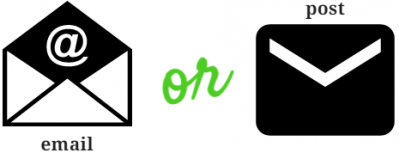
6. Onsite steps
When it comes to the conference, there are a few important steps to consider with regards to the poster presentations
- You will want to decide whether you will hire poster boards onsite or use a shell scheme contractor. Poster boards can be expensive and if you are employing a shell scheme contractor to build your exhibition they may be a cheaper option.
- You will want to determine how you want to display the posters, whether there will be categories of topic or a random mix onsite
- You should communicate to the poster presenters when they are able to put up their posters and by what time they should be in place. Additionally, they should be told where there poster is to be placed
- Make sure to have plenty velcro so that individuals can attach their posters to the poster boards or blue tac if putting the posters on the walls. If you aren’t providing velcro or blue tac let the poster presenters know
- Finally, many people will want to keep their posters so it is important to let them know when they can start taking down their posters and by what time they should be collected. If the poster boards are within the exhibition it is important that delegates are not trying to access their posters while the exhibition is in breakdown as this is potentially dangerous
